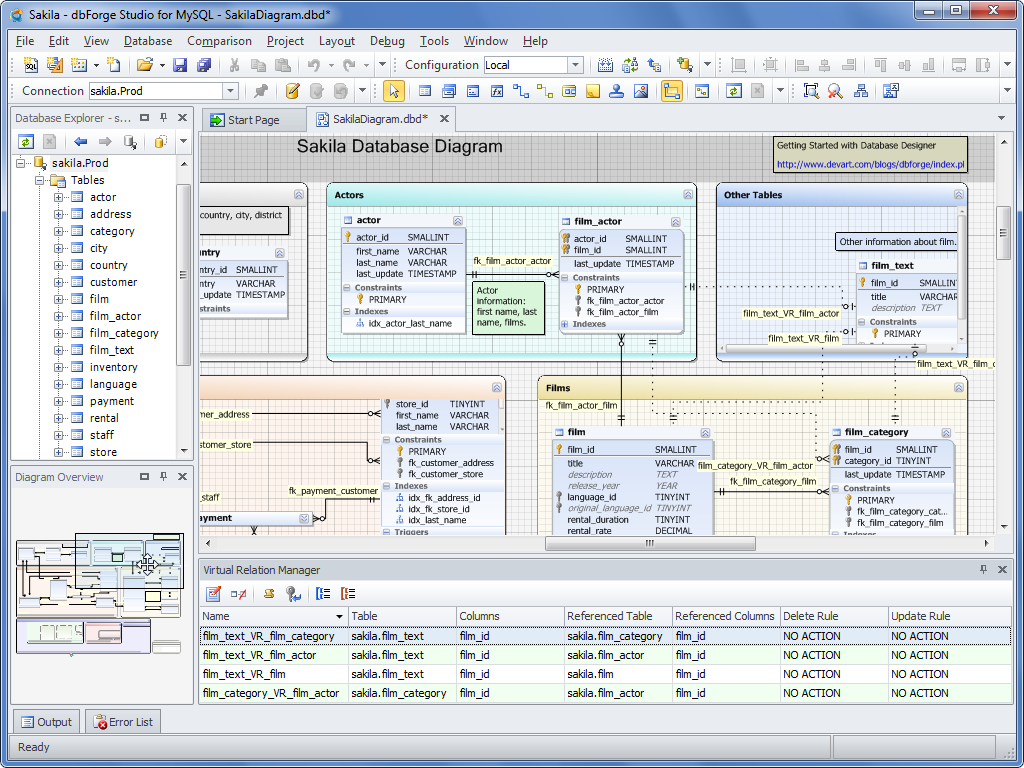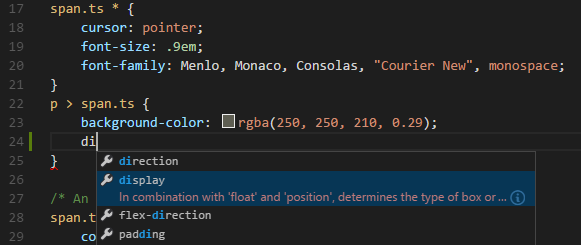
- #Visual studio tools for unity 2.1 install#
- #Visual studio tools for unity 2.1 update#
- #Visual studio tools for unity 2.1 software#
- #Visual studio tools for unity 2.1 Pc#
- #Visual studio tools for unity 2.1 simulator#
#Visual studio tools for unity 2.1 install#
Now that you have your Windows 10 or 11, Visual Studio, and Windows 10 or 11 SDK ready to go, let's install and set up the engine of your choice. If you're installing the HoloLens (1st gen) emulator with Visual Studio 2022 you need to deselect the VS templates and install them from the Visual Studio Marketplace. Visual Studio 2017 is required to successfully complete the installation. Reference the System Requirements section below for details. Your system must support Hyper-V for the emulator installation to succeed. See Using the HoloLens emulator for more information on getting started with the optional emulator. The optional emulator lets you run applications on a HoloLens virtual machine image without a physical HoloLens. HoloLens (1st gen) Emulator (Install link: 3.134) HoloLens 2 Emulator (Windows Holographic, version 22H Update) (Install link: 8.1450)

If you are only developing applications for desktop Windows Mixed Reality headsets or HoloLens (1st gen), you can use Visual Studio 2017 and use the Windows SDK installed by it. Note about HoloLens (1st gen) and desktop Windows Mixed Reality headsets
#Visual studio tools for unity 2.1 Pc#
If your PC is managed by an your organization's IT department, you might need to contact them in order to update. Note for enterprise and corporate-managed PCs
#Visual studio tools for unity 2.1 update#
Enable developer mode on your PC at Settings > Update & Security > For developers. See current release notes for information about the newest mixed reality features available with each release of Windows 10 or 11. You can install the most recent versions of Windows 10 or 11 via Windows Update in Settings or by creating installation media using the links in the column to the left. Install the most recent version of Windows 10 or 11. Windows 10 (Manual install link) or Windows 11 (Manual install link) For Unreal projects, use the UX Tools plugin to test common input interactions and user experience features.īookmark this page and check it regularly to keep up-to-date on the most recent version of each tool recommended for mixed reality development.

If you're using Unity, you can use Mixed Reality Toolkit for Unity's input simulation to test various types of input interactions, such as hand-tracking and eye-tracking input.

However, you can also build against DirectX if you'd like to use a custom engine. We recommend installing either the Unity or Unreal game engine as the easiest way to get started creating mixed reality apps.
#Visual studio tools for unity 2.1 simulator#
You can also use the Windows Mixed Reality simulator to test your mixed reality apps for immersive headsets. There is no separate SDK for Windows Mixed Reality development you'll use Visual Studio with the Windows 10 or Windows 11 SDK.ĭon't have a mixed reality device? You can install the HoloLens emulator to test some functionality of mixed reality apps without a HoloLens. Run the following command from the package manager console: PM> Install-Package UnityĪlternatively, you can use Visual Studio to install Unity on a particular project using the Manage NuGet Packages for Solution option under Tools -> NuGet Package Manager.Get the tools you need to build applications for Microsoft HoloLens and Windows Mixed Reality immersive (VR) headsets. In order to get started, you just need to install the Unity nuget package.

Outputs "Hola Mundo" and "Bonjour le Monde"įoreach (var g in container.ResolveAll()) Get all named registrations (excludes the default one) In chapter 1, we discussed one external tool: Visual Studio.
#Visual studio tools for unity 2.1 software#
It will return a HelloWorldService with a HelloWorldRepository Developing a game using Unity relies on a variety of external software tools. Unity automatically resolves constructor parameters that knows about. Public HelloWorldService(IRepository repo)Ĭonsole.WriteLine(String.Join(" ", ()))


 0 kommentar(er)
0 kommentar(er)
